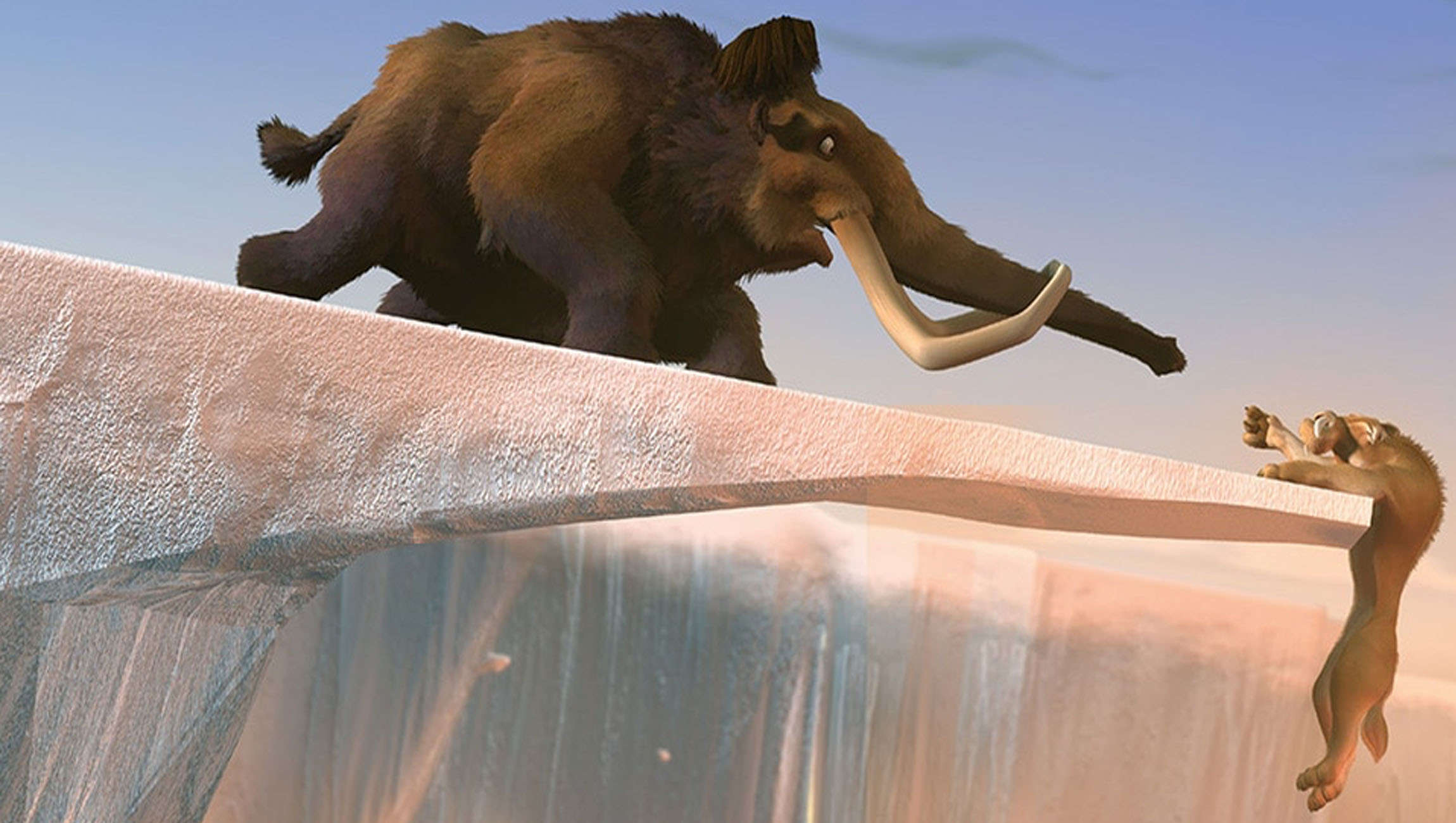Create a free profile to get unlimited access to exclusive videos, sweepstakes, and more!
15,000-year-old cave art shows mammoths trampling land that is now submerged in the ocean

When mammoths and other now-extinct megafauna roamed the Earth, there was apparently more earth to roam. Around 8,000 years ago, a piece of land sank to the bottom of the ocean. This was Doggerland. Mammoths and humans (and whatever else was migrating with them) from the European continent used to cross it to reach the British Isles until it ended up forever sinking into the ocean like the mythical realm of Atlantis.
Cave art on fragments of stone that surfaced in Les Varines, Jersey, Channel Islands, are now revealing the journey across Doggerland and bringing 15,000-year-old snapshots of the lives of the Magdalenian people, who traveled there during the Late Ice Age, back to life.
Not much art from this period has been found in Britain. The settlement of Jersey and other parts of the British Isles by the Magdalenians, hunter-gatherers who were the last Paleolithic culture in Europe, was only temporary, but these engravings on stone plaquettes, or stones with one flat surface that is ideal for this kind of thing, are now believed to be the oldest known evidence of artistic expression in the British Isles.
“There is a limited range of art known from this region, possibly associated with only fleeting occupation of Britain during this period,” said archaeologist Chantel Connoller, who co-authored a study recently published in PLOS ONE, adding that the stone engravings “provide new evidence for technologies of abstract mark-making, and their significance within the lives of people on the edge of the Magdalenian world.”
It was sci-fi luminary H.G. Wells who first suggested the existence of Doggerland in A Story of the Stone Age when he wasn’t writing about about time machines or invisible men. Glacial melt during the last Ice Age eventually drowned the land bridge until nothing was left but an island that also eventually sank. The seasonal migrations of mammoths and other wildlife that Wells described could explain the animals engraved in stone, whose ghosts started to take shape as these fragments were separated from other artifacts and pieced together into an image of Magdalenian life. They also show a long-lost point of view. If these people had smartphones, these would have been the photos they took.
The pictures on the stone, which was fine-grained aplite (a type of microgranite) that was also very soft, were thought to have kicked up a lot of dust when they were first engraved and not intended to last. They were to the Magdalenians what a disappearing Snapchat post is to us.
Some of the art on the plaquettes was abstract with no discernible meaning. Other drawings were of those migrating mammoths along with people and landscapes. Layered images made figures from multiple layers, sometimes hundreds of them, difficult to decipher, so they had to be examined under a microscope. Over 450 intersecting incisions were untangled from the engravings on one plaquette, with some lines interpreted as possibly zoomorphic. Investigating archaeologists figured out that these plaquettes must have been decorative as opposed to functional. They also found that the imagery fits in with that on other Magdalenian engravings found across Europe, many of which also have indecipherable designs whose meaning remains a mystery.
The same dilemma can be seen in the French cave of Grotte de Cusac, a Paleolithic burial site whose engravings of animals have been drawn over multiple times, suggesting multiple visitors to the dead. The drawings from Les Varines were supposedly from the realm of the living.
“Beyond the designs engraved upon them, the broader context of plaquette manufacture and discard throw light on the significance of art in the daily lives of Magdalenian groups. Plaquettes are a type of art with a complex life history, for which engraving often only reflects one stage in a complex sequence,” Conneller said.
So will people tens of thousands of years from now be looking at our Instagram photos the same way? Since they are on the internet and the internet is forever, they could be future relics.


























